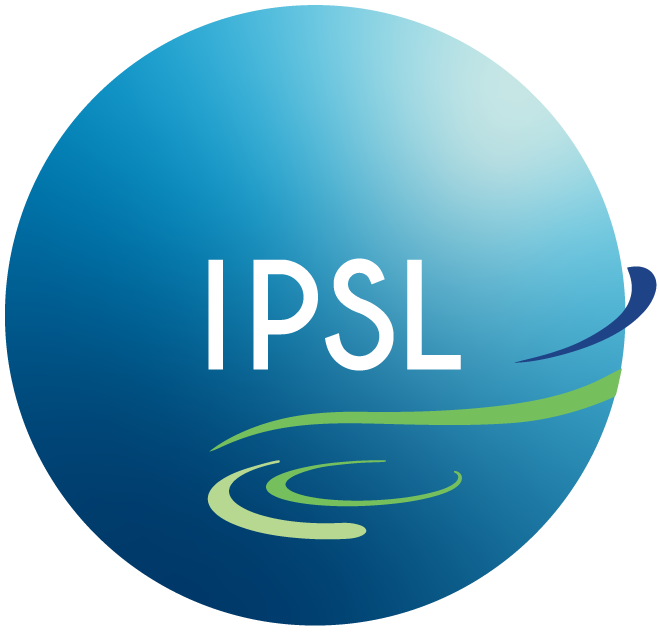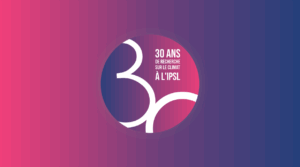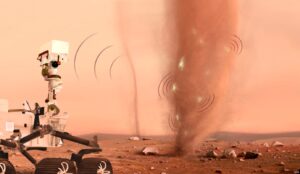Séminaire
Following Martian dust storms through scales and instruments
Yann Leseigneur
Séminaire du LATMOS.
Description
The Martian dust, composed of micrometer-size mineral particles, plays a key role on Mars, modifying, for example, the atmosphere’s circulation, the surface heat balance, and is also involved in the atmospheric escape. On Mars, there is a dust cycle composed of: dust lifting from the surface and injection into the atmosphere by mechanisms that are not well understood (e.g., wind, saltations); dust movements and formation of dust storms that cover large scales (from sub-km to planetary scale, and from the minute to months); sedimentation that redistribute dust on the surface on a regional and global scale. Note that this cycle is connected to some surface movements, such as the Recurring Slope Lineae (RSL), which are seasonal dark movements forming on steep slopes. The Martian dust has been observed for decades from orbit, mostly using global imagers (UV & VIS) and thermal IR spectrometers. The limitations of these instruments are: very limited coverage of dust phenomena at small/local scale (< 2000 km), and quantification of atmospheric dust at a few thermal wavelengths. Therefore, questions remain, for example, on the activity of the local dust storms, on the formation and growth mechanisms of dust storms, on the dust diurnal variations, on the link between all the length scales, or on the planetary dust storm formations.
I will present the different dust detection methods using archive data, notably a technique applied to OMEGA/Mars Express (near-IR spectrometer), which allows studying dust storms at local scale and complements other studies at regional scale. We will also talk about the preparation of future observations of MIRS/MMX (near-IR spectrometer), which will allow studying, for example, the diurnal variations of the atmospheric dust and hopefully allow catching the formation and growth of a dust storm at high temporal and spatial resolution.
Yann Leseigneur, LATMOS.
Informations supplémentaires
Lieu
LATMOS
Guyancourt
Salle 2202
Visio
https://cnrs.zoom.us/j/93475642647?pwd=TQozK3ojmp6o26BrEDCXASjVduhERP.1
Visio
https://cnrs.zoom.us/j/93475642647?pwd=TQozK3ojmp6o26BrEDCXASjVduhERP.1





